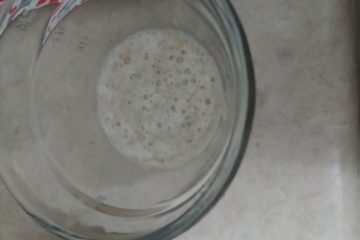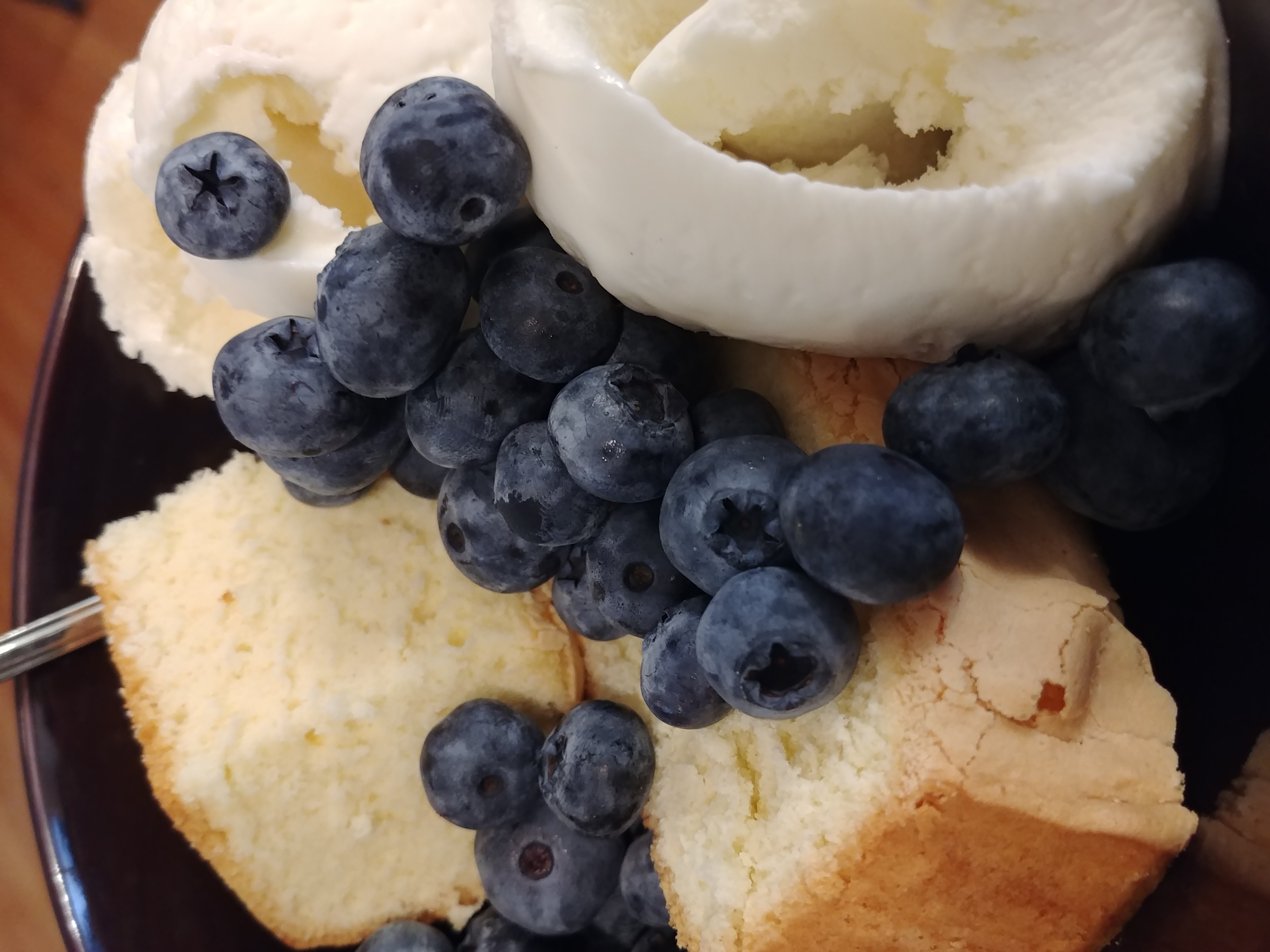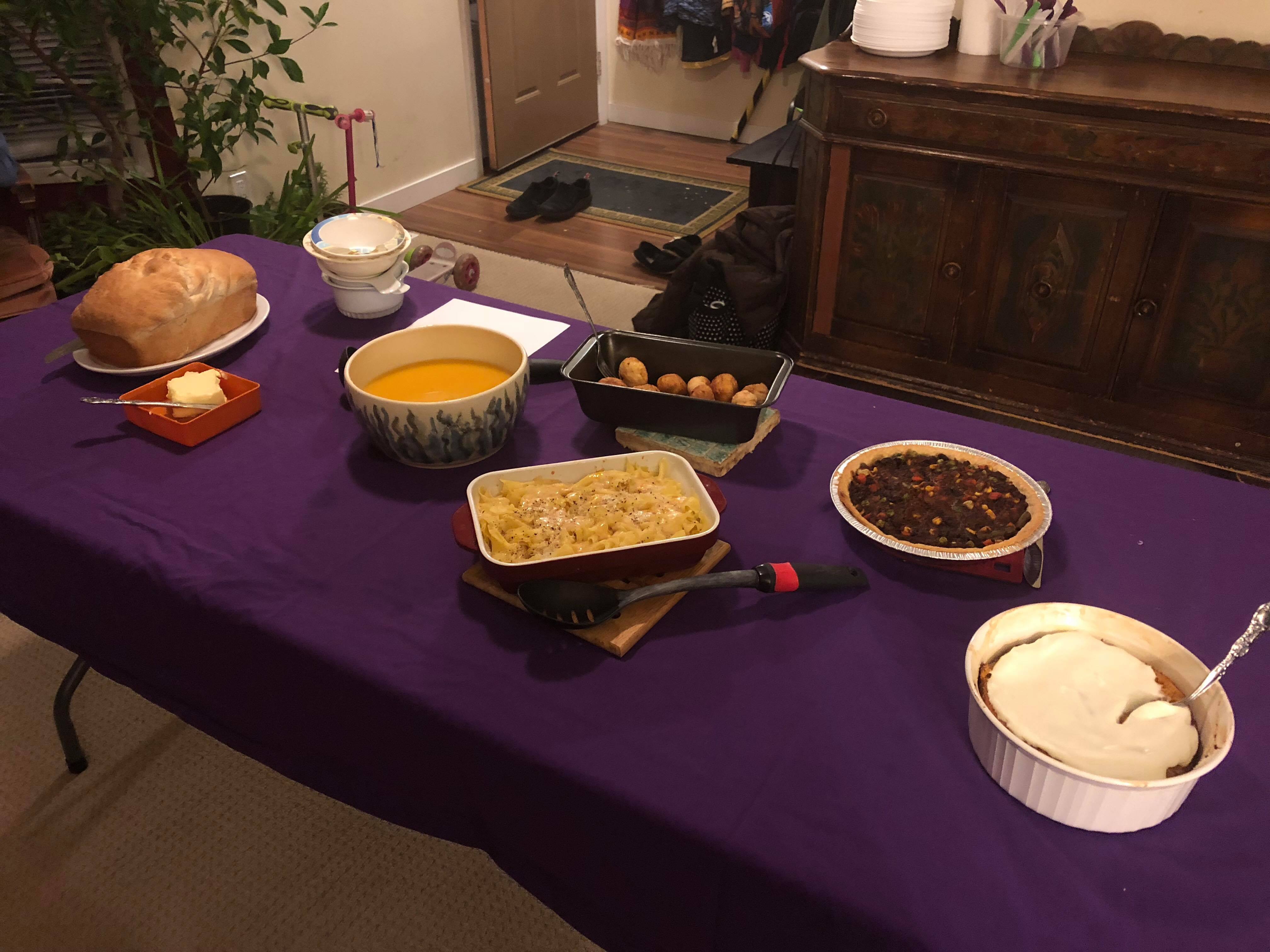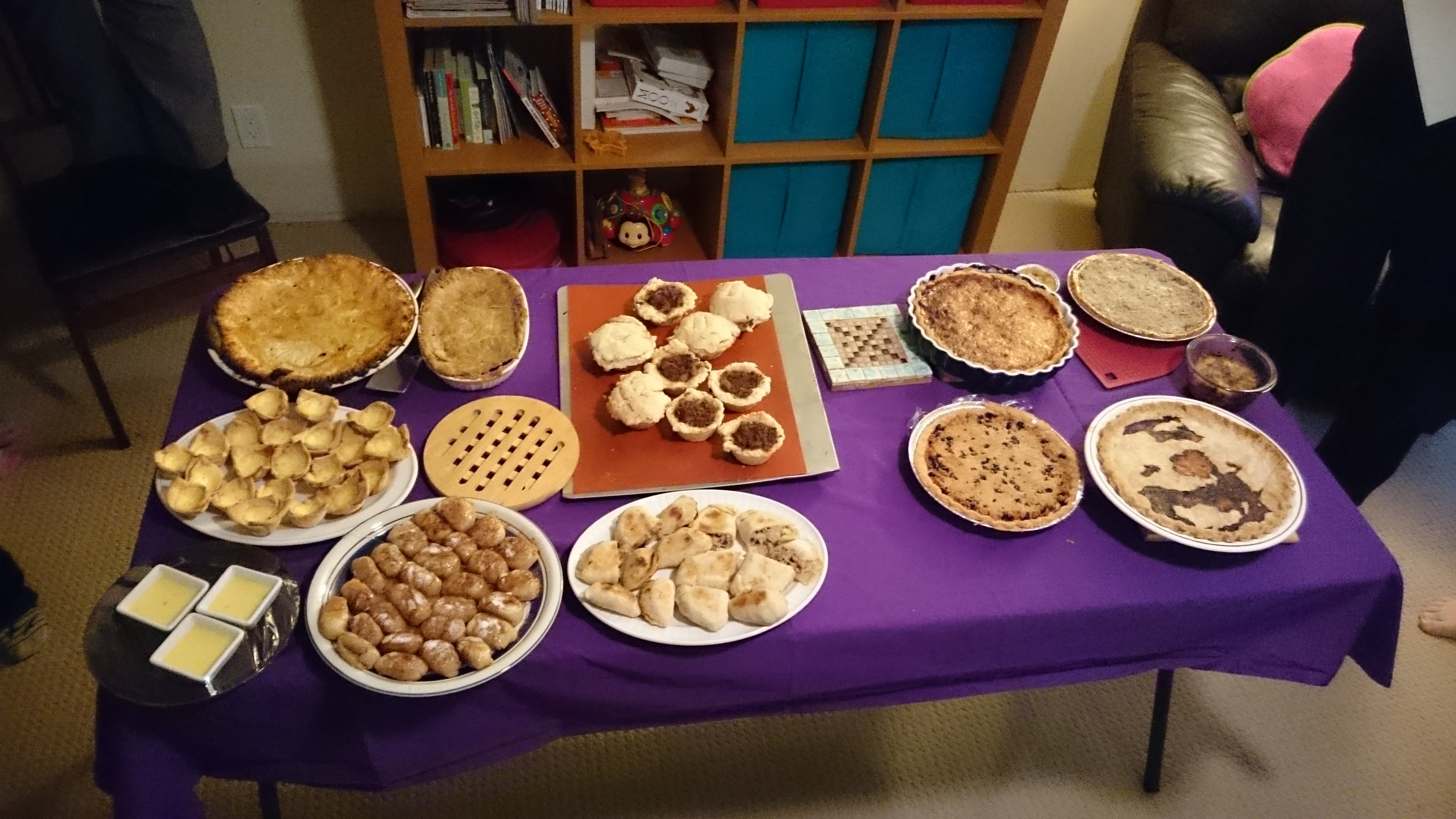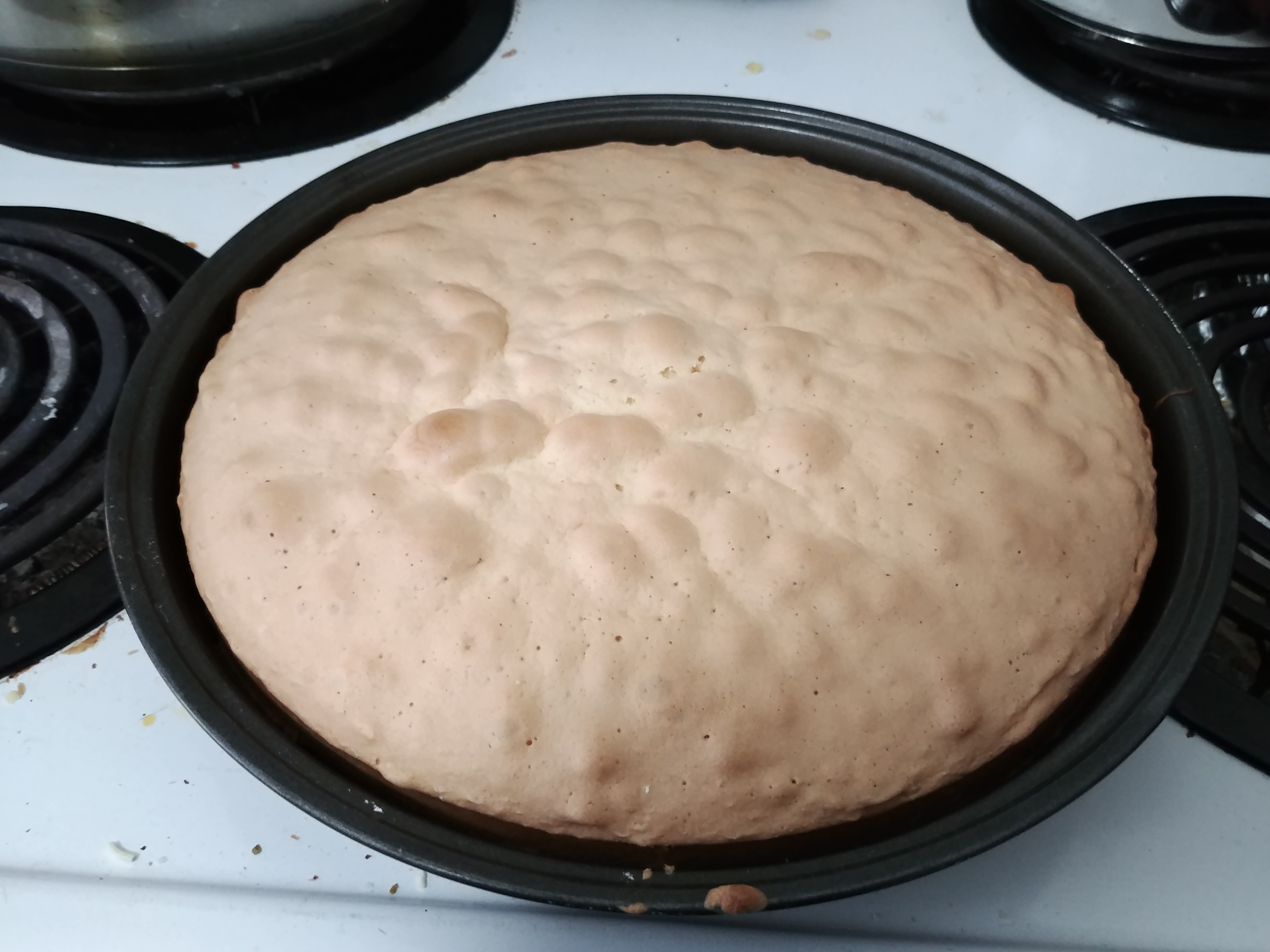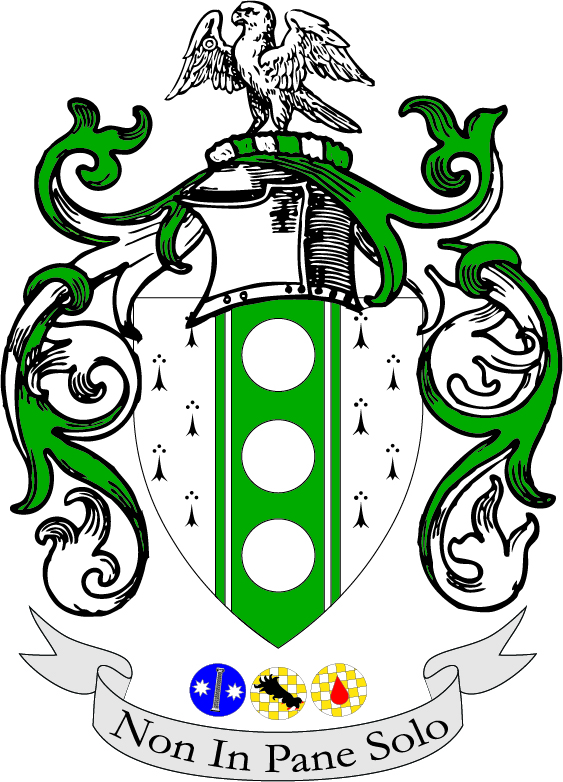I went through more options than I should have for that title. We call these monthly potlucks the Montengarde Culinary Night, but I wanted something that would explain it a bit easier for people who are new.
The SCA, an international medieval recreation group, has a local branch here in Calgary called the Barony of Montengarde. 90% of people who read this blog probably know that already, but I put it there for the 10%.
The Montengarde Culinary Group is a great group here in Calgary where one Monday a month we gather together at someone’s house for a potluck and each bring a pre 17th century dish. We primarily meet at Craig and Kat’s house, known in the SCA as Caiaphas and Francis, but occasionally meet elsewhere. This group had been going for years before I moved here, and it was amazing to get to meet up with so many people who also love historical cookery. I’ve met some very good friends through the group. One of them is Allie, known in the SCA as Alice. She’s been the driving force behind the culinary nights and keeps it going.
The whole point of the potlucks is to try something new and learn a bit more about culinary history. Some people make recipes based on pre 17th century cookery books while others use recipes they find from culinary history books or websites, while still others just make something they like that isn’t pre 17th century. Every one and every skill level is welcome.
(more…) 